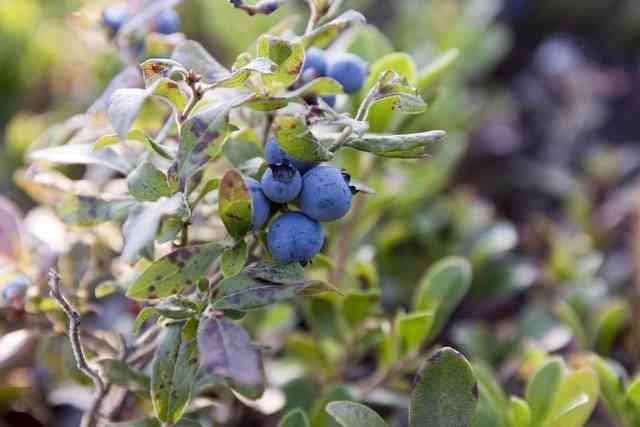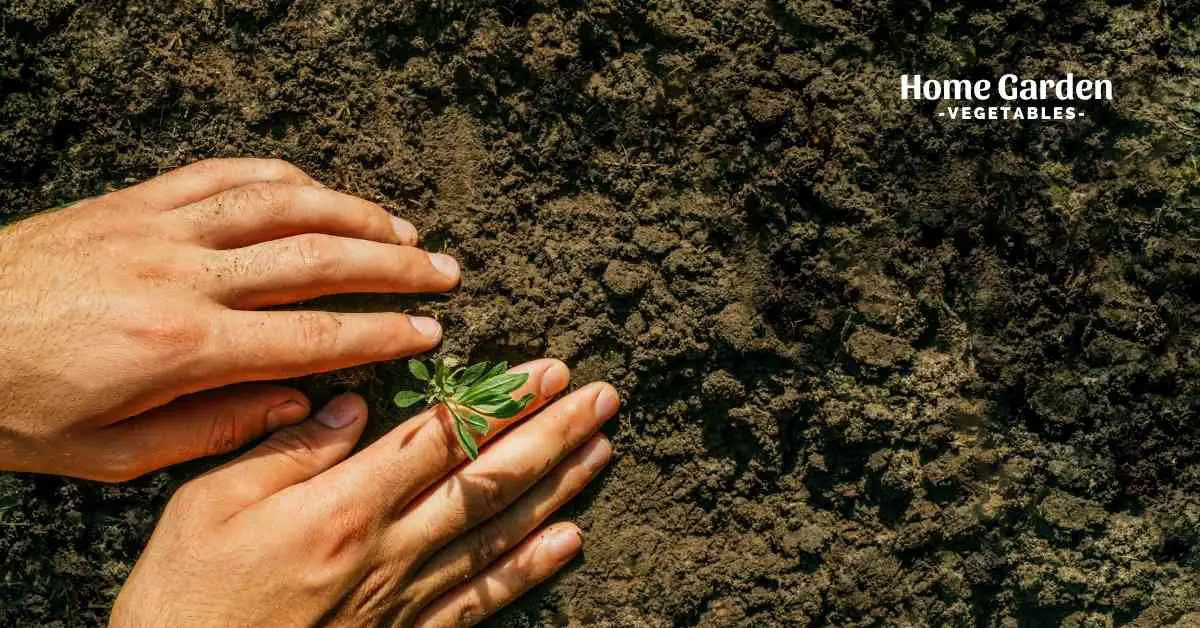Soil is the key factor in deciding your garden’s fate. The right soil will promote a healthy, thriving garden that brings loads of delicious harvests, while poor soil can have the opposite effect. Another thing to keep in mind is the soil preference of different plants. The right soil for one species might not be the best choice for another.
If you’re having trouble managing your acidic soil or figuring out what to grow in it, you’ll find all the information you need in this post to start a garden on your acidic soil.
Reader Poll: What online courses would interest you?
Understanding Soil PH
Soil pH 7 is considered neutral. PH below 7 is considered acidic soil while that above 7 is considered alkaline. Slight deviation from the neutral pH doesn’t cause much effect on the plants.

Most crops thrive in neutral soil, with pH between 6 and 7.5. The reason why most plants thrive in this pH range is that nutrients, especially phosphorus, are most abundantly available in this pH range. Phosphorus is the key nutrient involved in blooming and fruiting.
If the soil is acidic or alkaline, nutrient availability suffers and with it, the plants’ health will suffer too. Regardless, some plants thrive in acidic soil. There are also species that thrive in alkaline soil.
Subscribe to our newsletter!
What Causes Soil Acidity
There can be multiple reasons why your soil is acidic or the soil acidity in your garden is greater than the last time you checked. Breakdown of organic matter, especially in areas near pine forests tends to acidify the soil over time. Leaching due to excessive rainfall can also lower the pH of your soil. Excessive use of chemical fertilizers, especially those that are high on nitrogen, can also increase soil acidity.
Risks Of Acidic Soil
Nutrient availability is best when the soil pH is around 7. As the soil becomes more acidic, certain nutrients, like phosphorus, become less available because their solubility in water decreases. On the other hand, the availability of certain nutrients like iron, aluminum and manganese rise to toxic levels. This imbalance of nutrients negatively impacts plants’ health, resulting in stunted growth and increased chances of diseases.
How To Test Soil PH
Before adding amendments to adjust the soil pH, it’s important to learn the exact pH of the soil. Soil pH testing kits are easily available at most nurseries and garden centers. Just follow the instructions on the kit to determine the soil pH. Alternatively, you can send a soil sample to your local cooperative extension office and let them send you a complete analysis report. Other than the soil pH, this report will also tell you about the nutrient levels in your soil so you can accurately diagnose any deficiencies or toxicities.
How To Amend Acidic Soil
Once you’ve had a soil test and you know for sure that the soil in your garden is acidic, the next step is to adjust the pH. You’ll want to raise the soil pH to suitable levels if you want to grow a vegetable garden or a wide range of garden plants. Though it takes some time and patience, soil acidity can be catered with garden lime.
Garden lime is easily available at garden centers and nurseries. Just spread it out over the field and incorporate it into the top 6 inches of soil using a rake. To raise soil pH from 5 to 6.5 in the coming growing seasons, you’ll need to apply 15 pounds of garden lime to every 100 square feet of soil. Other than raising the soil pH, lime also improves soil structure over time and supplies calcium and magnesium to the plants’ roots.
Keep in mind that lime will not make any change instantaneously. You can expect to observe an improved pH and garden health in the coming growing seasons. Lime is typically applied to acidic soils in the fall so your crops in the future growing seasons can benefit from the impact.
Plants That Prefer Acidic Soil

So garden lime acts over time. What do you grow in the garden during the time that the soil is still acidic? Soil acidity doesn’t mean that your garden can’t grow anything. There are, in fact, quite a number of species that prefer acidic soil over neutral or alkaline soil.
Bleeding Heart grows well in soil pH between 5.0 to 6.5. Bog rosemary thrives in pH as low as 4.0 to 5.0. Legumes require a soil pH around 6.5. Wheat prefers a pH or around 5.0. Different kinds of grasses thrive when the pH is as low as 5.5. Tomatoes can grow in a wide range of pH between 5.5 to 7.5. Blueberries do well in soil pH between 4.3 to 5.5. Foxglove and bergenias do well in soil pH between 5.5 to 6.5.
In general, soil pH of 4.5 or lower is considered too acidic for plant growth, even for the acid-loving plants.
How To Make Soil Acidic
If your soil pH is neutral or alkaline and you want to grow acid-loving plants, that’s possible too. Aluminum sulphate or sulphur can be used to lower the soil pH. Both these materials are easily available at garden centers. Aluminum sulphate adjusts the soil pH almost instantly, while sulfur will take some time. Incorporate the material into the soil, taking care not to bring it into direct contact with the plant stems or leaves.
Conclusion
Now that you’ve learned everything there is to know about acidic soil, you can start using your garden to its maximum potential. Grow plants that are best suited to your soil or adjust the soil to meet the needs of the plants you plan on growing. Either way, you’ll be rewarded by a flourishing garden and bundles of fresh harvests.

